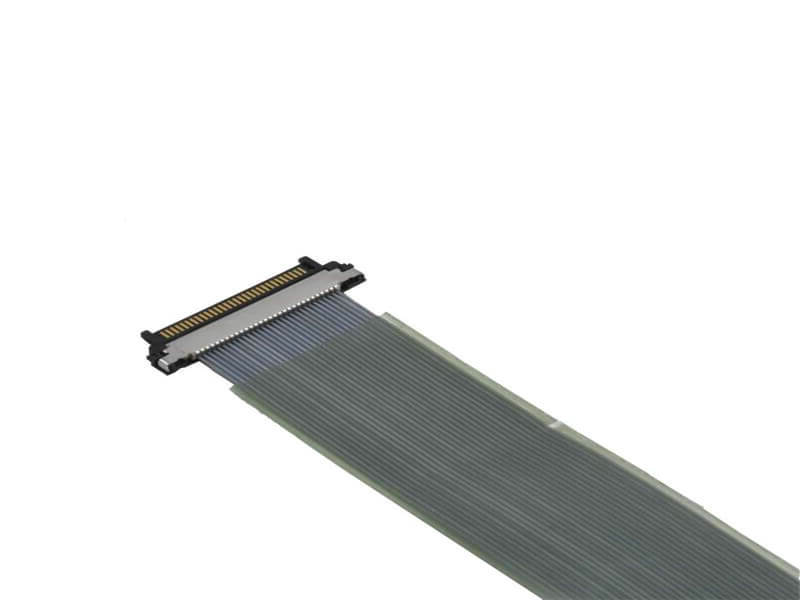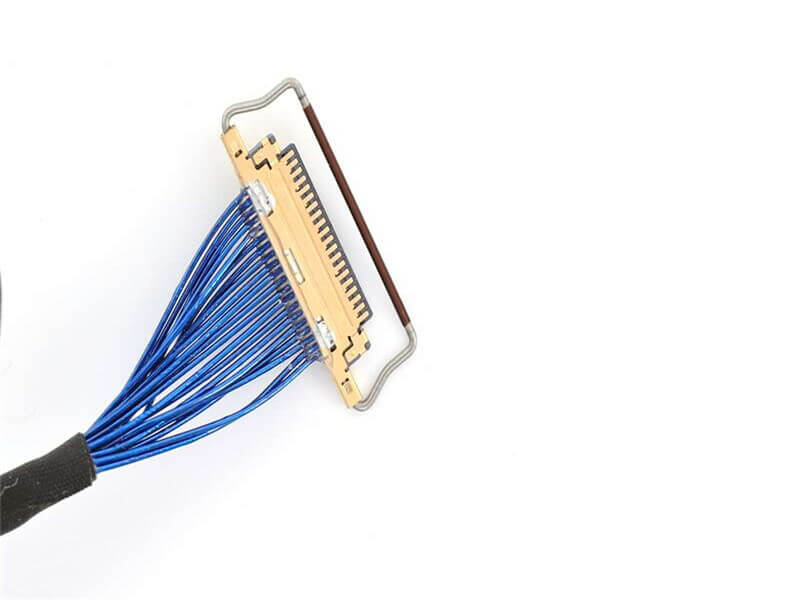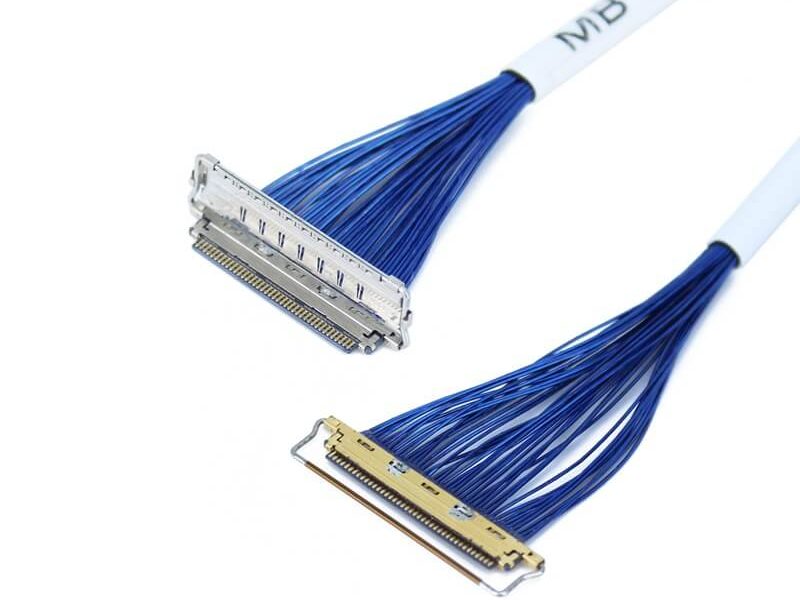5 Key Differences Between Micro Coaxial Cables and Standard Coaxial C...
1. Physical Dimensions and Flexibility
Standard Coaxial Cables
Diameter: Typically range from 4 mm to 25 mm (e.g., RG-6: 6.9 mm, RG-11: 10.3 mm).
Construction: Rigid or semi-rigid design with thicker insulation and shielding layers.
Flexibility: Limited bending capability due to larger size and stiffer materials.
Micro Coaxial Cables
Diameter: Ultra-thin, often between 0.5 mm to 2.2 mm.
Construction: Optimized for miniaturization, using advanced materials like fluoropolymer insulation.
Flexibility: Highly flexible, designed to fit in compact spaces (e.g., smartphone cameras, endoscopes).
Key Difference: Micro coaxial cables prioritize miniaturization and flexibility, while standard coax focuses on durability for fixed installations.
2. Frequency Range and Signal Loss
Standard Coaxial Cables
Frequency Range: Suitable for lower frequencies (up to 3 GHz for RG-6; up to 18 GHz for specialized cables like LMR-400).
Attenuation: Higher signal loss at high frequencies due to larger conductor resistance and dielectric losses.
Micro Coaxial Cables
Frequency Range: Engineered for high-frequency applications (up to 40 GHz or more).
Attenuation: Lower loss per meter at high frequencies, achieved through precision manufacturing (e.g., air-spaced dielectrics or foamed PTFE insulation).
Key Difference: Micro coax excels in high-frequency, low-loss applications, whereas standard coax is cost-effective for lower-frequency uses.
3. Shielding and EMI Resistance
Standard Coaxial Cables
Shielding: Single or double braided shields (e.g., RG-58: 95% braid coverage).
EMI Protection: Adequate for general-purpose use but may struggle in high-interference environments.
Micro Coaxial Cables
Shielding: Multi-layer shielding (e.g., foil + braid + aluminum-polymer films) to combat EMI in dense electronic environments.
EMI Protection: Critical for applications like MRI machines or aerospace systems where signal integrity is paramount.
Key Difference: Micro coax employs advanced shielding for EMI-sensitive environments, while standard coax uses simpler shielding for everyday needs.
4. Applications and Industry Use
Standard Coaxial Cables
Primary Uses:
Television and broadband internet (RG-6, RG-11).
RF antennas, radio transmitters, and industrial equipment.
Long-distance signal transmission in fixed installations.
Micro Coaxial Cables
Primary Uses:
Consumer electronics (e.g., smartphone displays, laptop cameras).
Medical devices (e.g., endoscopes, ultrasound probes).
High-speed data links (e.g., 5G mmWave modules, military radar systems).
Key Difference: Micro coax enables miniaturized, high-speed electronics, while standard coax serves traditional RF and broadband systems.
5. Cost and Manufacturing Complexity
Standard Coaxial Cables
Cost: Low to moderate, optimized for mass production.
Manufacturing: Simple extrusion processes for insulation and braiding.
Micro Coaxial Cables
Cost: Significantly higher due to precision materials (e.g., gold-plated connectors) and tight tolerances.
Manufacturing: Requires specialized equipment for ultra-thin insulation layers and multi-stage shielding.
Key Difference: Micro coax demands higher investment but delivers unmatched performance in critical applications.
Comparison Summary
Feature Standard Coaxial Cable Micro Coaxial Cable
Diameter 4–25 mm 0.5–2.2 mm
Frequency Range Up to 18 GHz Up to 40+ GHz
Shielding Single/double braid Multi-layer (foil + braid + film)
Typical Applications TV, broadband, RF antennas Medical devices, 5G, consumer tech
Cost
0.50
–
0.50–5/meter
10
–
10–100/meter





